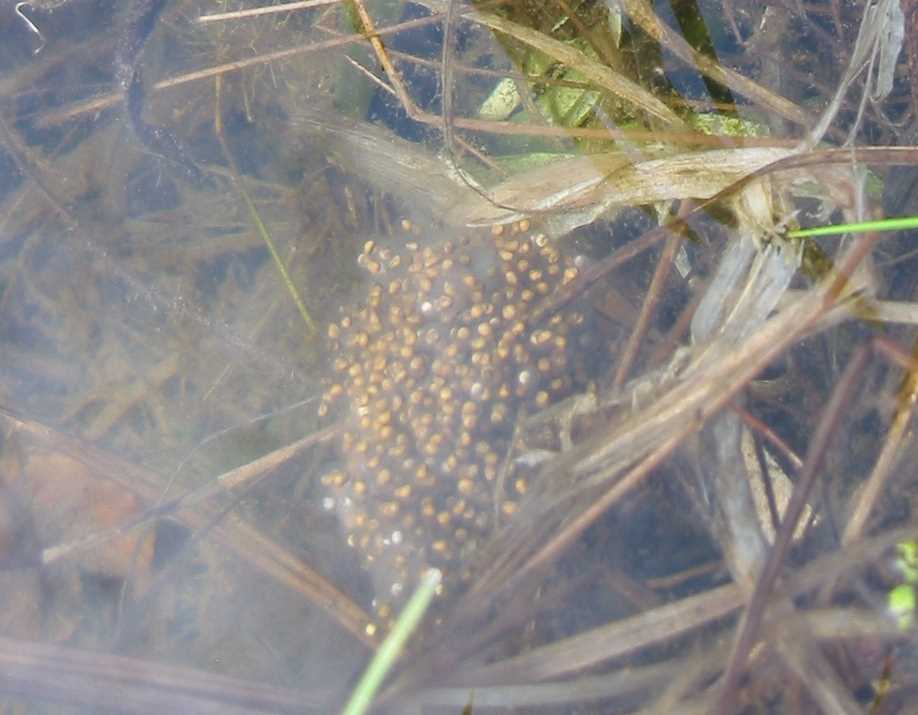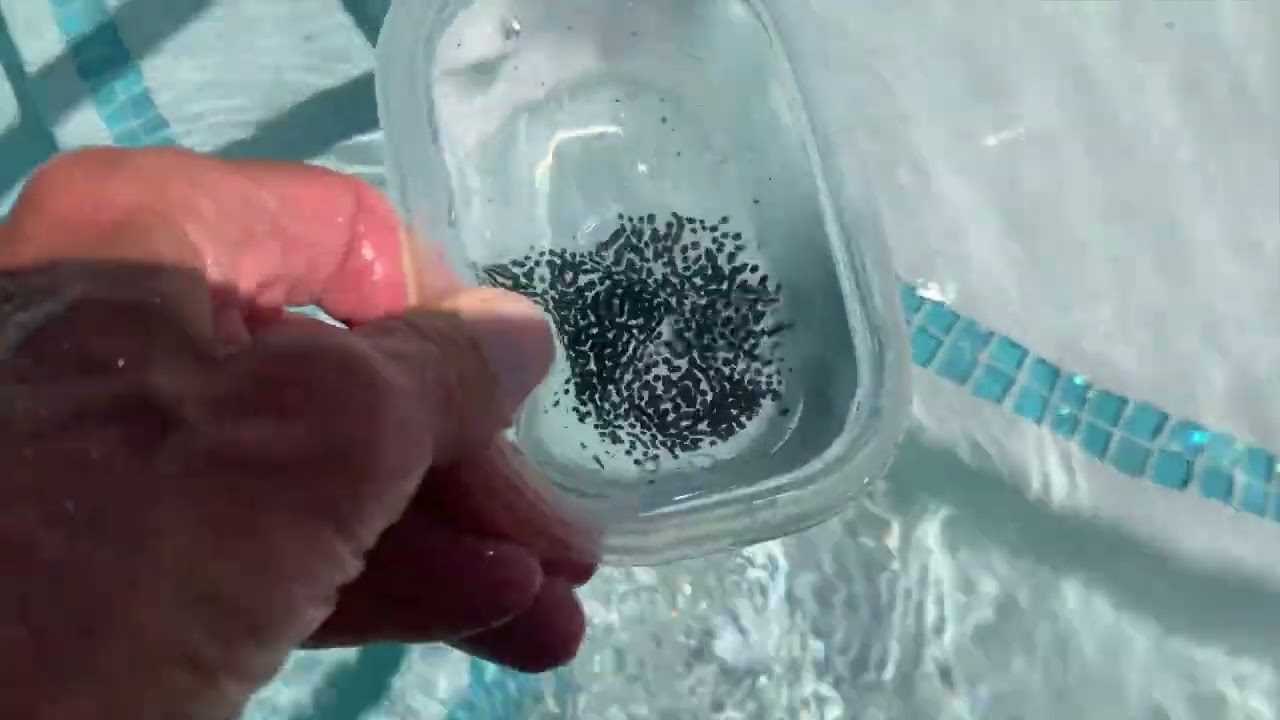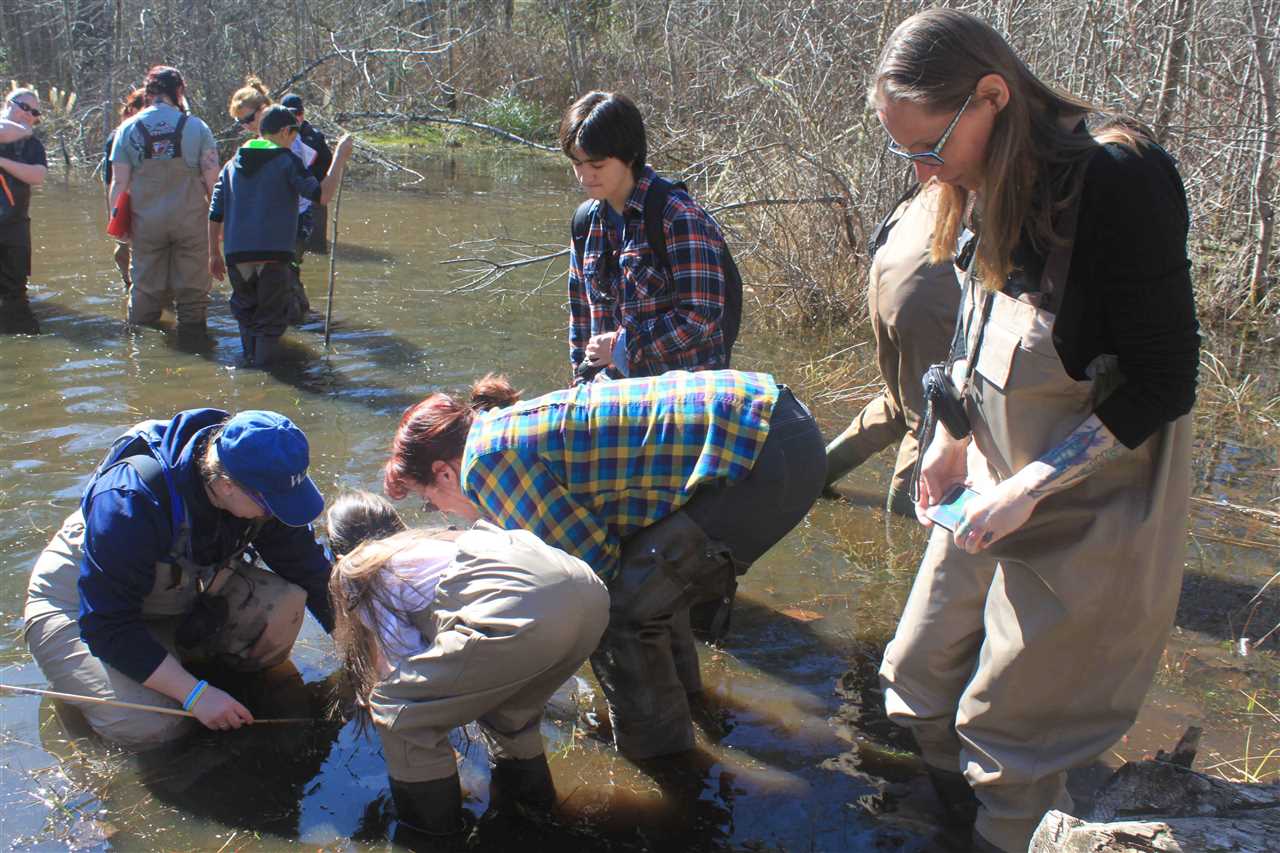One of the best techniques to find frog eggs is to observe their breeding sites. Frogs typically lay their eggs in bodies of water such as ponds, lakes, or even temporary pools. By visiting these breeding sites during the frogs’ breeding season, which varies depending on the species and geographical location, you increase your chances of spotting the eggs.
How to Find Frog Eggs in the Wild
- Look for stagnant water bodies: Frog eggs are usually found in stagnant or slow-moving water bodies such as ponds, marshes, and ditches. These places provide a suitable environment for frogs to lay their eggs.
- Use a net or container: To collect frog eggs, you can use a fine-mesh net or a small container. Gently scoop the eggs out of the water, being careful not to disturb the surrounding habitat.
By following these techniques, you can increase your chances of finding frog eggs in the wild. Remember to always respect the environment and handle the eggs with care when conducting your search.
Exploring the Natural Habitats of Frogs
The Role of Water in Frog Reproduction
Eggs play a crucial role in the reproduction of frogs. Frogs are amphibians, which means they spend part of their life in water and part on land. The reproductive process of frogs starts with the female frog laying her eggs in a suitable aquatic environment.
Frogs lay their eggs in clumps or masses, which are often attached to plants or submerged objects in the water. These clumps can contain anywhere from a few dozen to several thousand eggs, depending on the species. The eggs are usually covered in a jelly-like substance that provides protection and helps them adhere to surfaces.
Once the eggs are laid, they undergo a process called embryonic development. This is the stage when the fertilized eggs develop into tadpoles. The length of time it takes for the eggs to hatch varies depending on the species and environmental conditions.
Finding Frog Eggs in their Natural Habitats
Conclusion
Learning the Lifecycle of Frogs: From Frogs to Eggs
| Stage | Description |
|---|---|
| Egg | The first stage of a frog’s life. The eggs are usually laid in water and are surrounded by a protective jelly-like substance. |
| Tadpole | Once the eggs hatch, they develop into tadpoles. Tadpoles have gills for breathing and a tail for swimming. |
| Metamorphosis | During this stage, the tadpoles undergo a series of changes. They develop lungs for breathing air, lose their tails, and grow legs. |
| Froglet | At this stage, the frog has fully developed hind legs and is starting to develop front legs. Its tail is almost completely absorbed, and it starts to spend more time on land. |
| Adult Frog | The final stage of the frog’s lifecycle. The frog has fully developed limbs and is capable of living both on land and in water. |
Popular Tools and Equipment for Frog Egg Hunting
1. Flashlight

One essential tool for locating frog eggs is a good quality flashlight. This will help you see better in dark or dimly lit areas, especially if you are searching for frog eggs at night. Look for a flashlight with a strong beam and adjustable brightness settings to suit your needs.
2. Magnifying Glass
3. Waterproof Gloves
4. Nets
Using a net can be an effective method for capturing frog eggs without causing any harm. Look for a net with a fine mesh that can catch the eggs without injuring them. Gently scoop the net under the eggs and lift them out of the water, taking care to avoid any unnecessary disturbance to the surrounding environment.
5. Container or Bucket

Once you have collected the frog eggs, you need a suitable container or bucket to transport them safely. Choose a container that is large enough to hold the eggs without overcrowding, but small enough to prevent them from moving around too much. Make sure the container has ventilation holes to allow for air circulation.
6. Field Guide or Smartphone App

By having these tools and equipment on hand, you can enhance your ability to find frog eggs in their natural habitats. Remember to handle the eggs with care and return them to their original location once you have finished observing or studying them. Happy frog egg hunting!
Essential Gear for Locating Frog Eggs
- A mesh dip net: This is a must-have tool for collecting frog eggs. The fine mesh ensures that you capture the eggs without harming them, while the long handle allows you to reach into the water easily.
- A magnifying glass: Frog eggs are often small and can be difficult to spot. A magnifying glass will help you get a closer look and identify the eggs more easily.
- A waterproof flashlight: Many frog species lay their eggs at night, so having a waterproof flashlight will allow you to search for eggs even in low-light conditions.
- A field guide to local frogs: Familiarize yourself with the different frog species in your area. A field guide will help you identify the eggs based on the characteristics of each species.
- A GPS device or smartphone: Recording the locations where you find frog eggs is important for future research and conservation efforts. Use a GPS device or smartphone with a mapping app to mark the exact spots where you find the eggs.
- A clean container: Once you have collected the frog eggs, you will need a clean container to transport them safely. Make sure the container has a lid to prevent any accidental spills.
With these essential gear items, you’ll be well-equipped to find and collect frog eggs in their natural habitats. Remember to handle the eggs with care and release them back into the wild once you have finished observing or studying them. Happy egg hunting!
Technology and Apps for Frog Egg Tracking
One popular option is the Frog Egg Tracker app, which uses GPS technology to mark the exact location where you find the eggs. This can be useful for researchers and conservationists who want to monitor the distribution and abundance of frog populations in different areas.
Another useful tool is the Frog Egg Camera, a small device that can be attached to a tree or other surface near the water where the frogs lay their eggs. This camera captures high-resolution images of the eggs, allowing you to study their development and identify the specific species. It also provides valuable data for scientific research.
For those who prefer a more hands-on approach, there are also underwater drones available that can be used to explore the underwater environment where the eggs are laid. These drones are equipped with cameras and lights, allowing you to get a closer look at the eggs and their surroundings.
In addition to these high-tech tools, there are also a variety of smartphone apps available that can help you identify different types of frog eggs. These apps use image recognition technology to analyze photos of the eggs and provide information about the species, habitat, and lifecycle of the frogs.
Overall, technology and apps can greatly enhance your ability to locate and study frog eggs. Whether you’re a wildlife enthusiast, a researcher, or simply curious about these fascinating creatures, these tools can provide valuable insights into the world of frog reproduction.
Techniques for Spotting Frog Eggs
Spotting frog eggs can be an exciting and rewarding activity for nature enthusiasts. Whether you are a beginner or an experienced frog egg hunter, there are several techniques to improve your success rate. Here are some tips on how to spot frog eggs in the wild:
| 1. | Focus on shallow water: | |
| 2. | Look for clusters: | |
| 3. | Observe the surroundings: | Pay attention to the surrounding vegetation and habitat. Frogs often choose areas with ample food sources and shelter for their eggs. Look for areas with abundant aquatic plants and hiding spots. |
| 4. | Be patient and observant: | Spotting frog eggs requires patience and keen observation skills. Take your time to scan the water surface and carefully examine any potential spawning sites. Sometimes, frog eggs can be hidden or camouflaged among the surroundings. |
| 5. | Use appropriate lighting: | Lighting conditions can greatly affect the visibility of frog eggs. Try to visit the breeding grounds during the day when it is bright and sunny. This will make it easier to spot the eggs and observe their unique characteristics. |
| 6. | Take photographs: | If you find frog eggs, consider taking photographs as documentation. This will allow you to study the eggs in more detail and share your findings with other enthusiasts or experts for identification. |
By utilizing these techniques, you can enhance your ability to find and identify frog eggs in their natural habitat. Remember to always respect wildlife and their habitats while engaging in frog egg spotting activities.
Observe Overlapping Frog Spawn Masses
By observing overlapping frog spawn masses, you can increase your chances of finding a greater number of eggs. When multiple frogs mate in the same area, their spawn masses can overlap, forming a larger cluster of frog eggs. This is particularly common in shallow bodies of water, such as ponds or marshes.
When searching for frog eggs, look for areas where you can see several clusters of spawn that are close together or even overlapping. This indicates that multiple frogs have laid their eggs in the same location. By carefully inspecting these overlapping masses, you can easily spot the individual eggs and count them.

I’m Lena Adams—a product of an unconventional upbringing in the African wilderness. My father, a daring explorer of African wildlife, sparked my fascination with reptiles, a passion that intertwined with the tragic loss of my mother during an expedition, leaving an indelible mark on my life. Driven to understand the creatures that captivated my parents, I embarked on my journey, sharing insights about reptiles, frogs, and lizards on my website. Through my explorations and conservation efforts, I honour my family’s legacy while seeking connections—to the creatures, nature, and the mother whose presence I yearn to understand.
